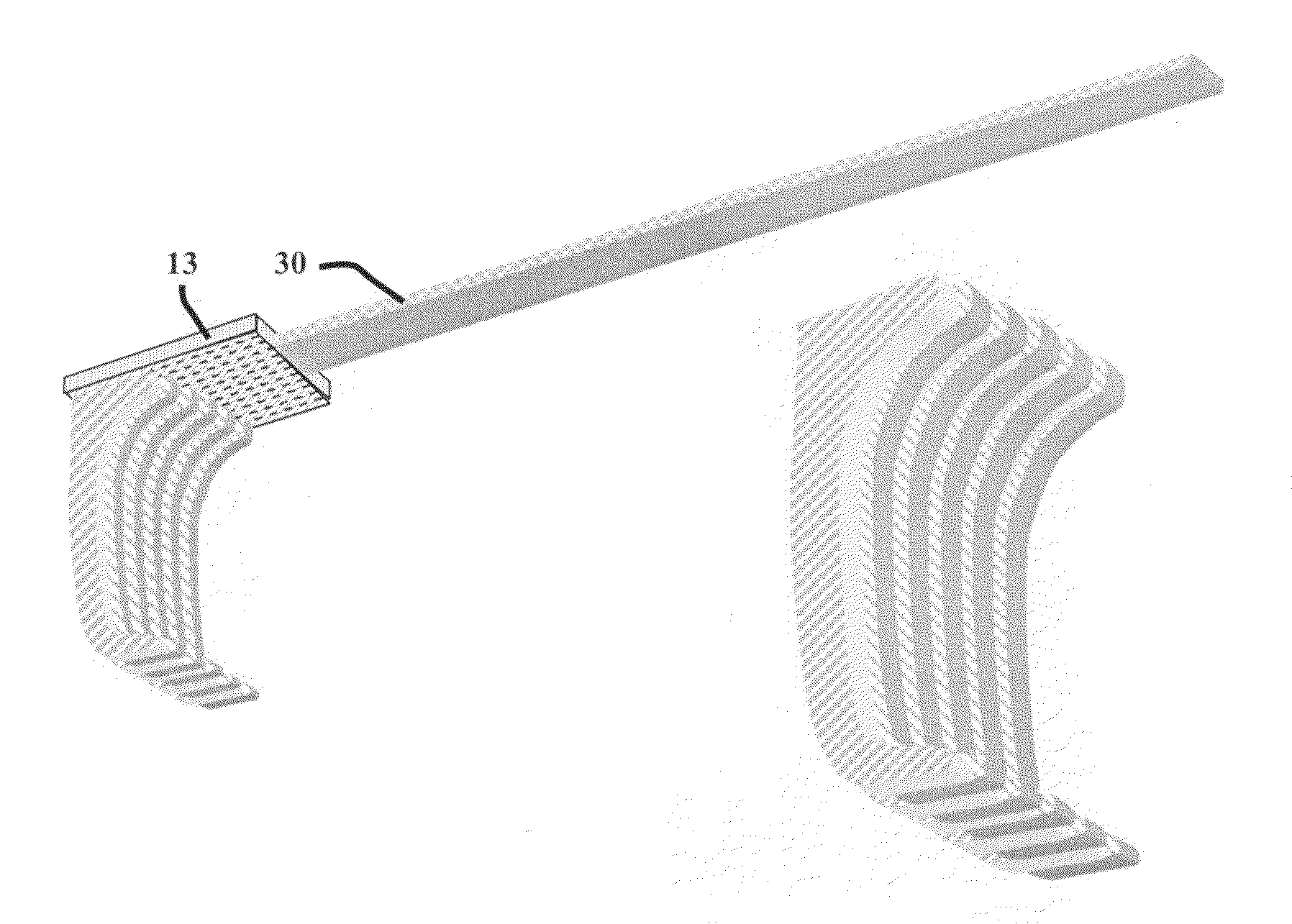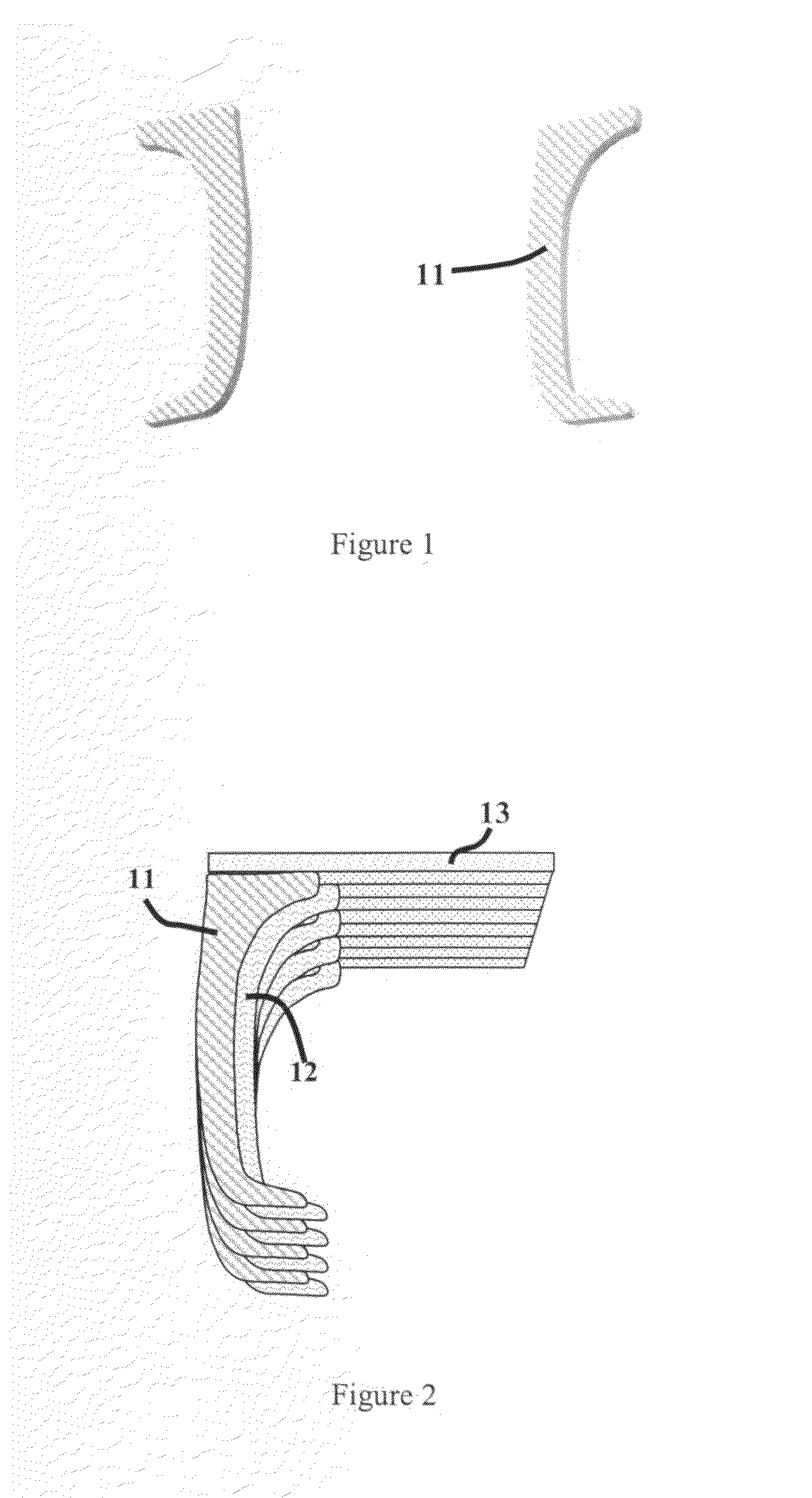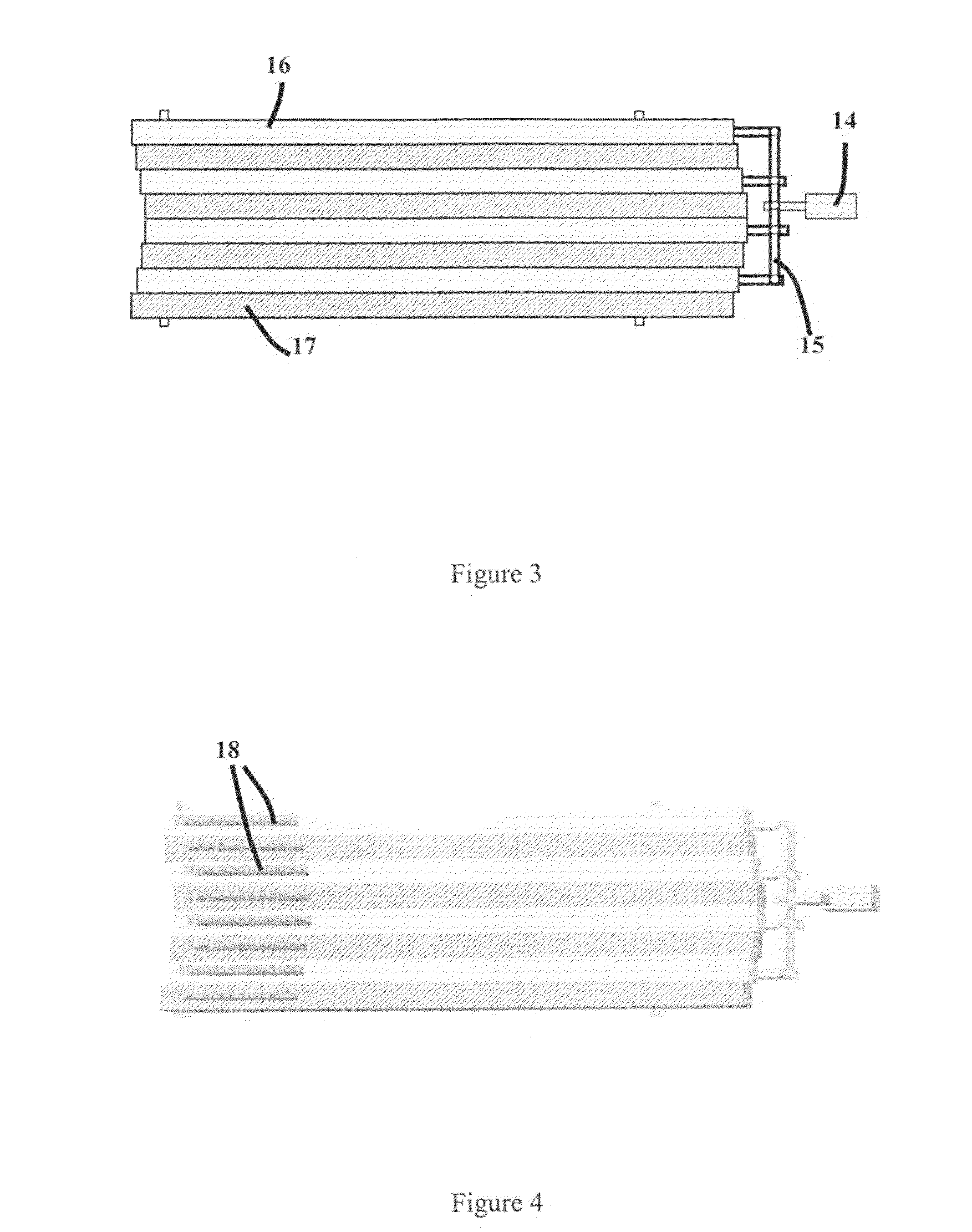Atraumatic surgical retraction and head-clamping device
a surgical retraction and head-clamping technology, applied in the field of traumatic surgical retraction and head-clamping devices, can solve the problems of increasing cost and risk, and achieve the effects of reducing or eliminating ischemia, or lack of blood perfusion, and controlling cost and risk
- Summary
- Abstract
- Description
- Claims
- Application Information
AI Technical Summary
Benefits of technology
Problems solved by technology
Method used
Image
Examples
Embodiment Construction
[0084]The present invention is directed to a device for minimizing or preventing damage due to ischemia that can occur within supported or retracted dermal and / or subdermal living tissue, most particularly during surgical procedures, by one or a combination of several means including cyclically applying and reducing supporting or retracting pressure at each of at least two tissue sections into which the supported or retracted tissue is subdivided, bathing these tissue sections with oxygen, oxygenated blood, or other gases or liquids, presenting low-pressure regions or a partial vacuum to areas within these tissue-sections to encourage blood perfusion through selective stimulated bleeding, controlling the temperature of these tissue sections to forestall ischemic damage, and mechanically moving at least a portion of these tissue sections to stimulate blood perfusion with, for example, a vibrating mechanism. Although specific embodiments of the invention are here-described with refere...
PUM
 Login to View More
Login to View More Abstract
Description
Claims
Application Information
 Login to View More
Login to View More - R&D
- Intellectual Property
- Life Sciences
- Materials
- Tech Scout
- Unparalleled Data Quality
- Higher Quality Content
- 60% Fewer Hallucinations
Browse by: Latest US Patents, China's latest patents, Technical Efficacy Thesaurus, Application Domain, Technology Topic, Popular Technical Reports.
© 2025 PatSnap. All rights reserved.Legal|Privacy policy|Modern Slavery Act Transparency Statement|Sitemap|About US| Contact US: help@patsnap.com



